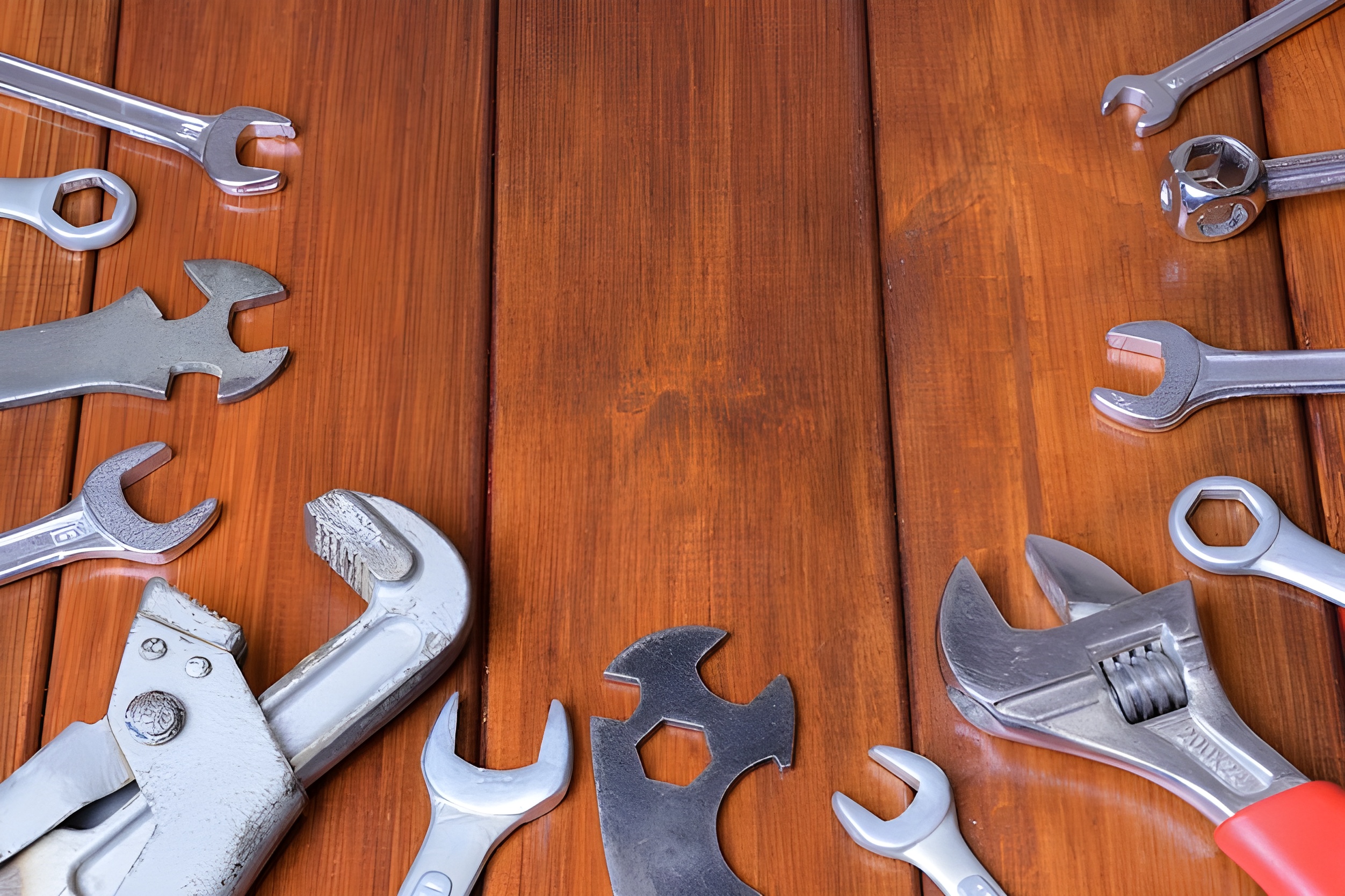
A wrench is meant to provide secure grips when applying torque to turn numerous objects. Whether you want to loosen or tighten bolts, nuts, screws, and other mechanical caps, an appropriate wrench is required. It is one of the most important and required tools you need on a daily basis. It comes in male or female variants, with the male being put into the head of nuts or bolts and the female containing sockets.
Wrench Types
There are numerous varieties of wrenches and spanners available today, and while it is not necessary to have all of them, it is essential to have a sufficient number so that you always have one that fits the task at hand. Choosing the proper wrench for a job involves more than simply selecting the correct sizes. Therefore, Using the proper wrench will make your project easier.
Open-End Wrench
- Adjusts the tightness of nuts and bolts.
- Both metric and standard sizes
- Two open ends of different sizes
- Models with a joint or a flex head let you work with hard-to-reach bolts
Ratchet Wrench
- Adjusts the tightness of nuts and bolts.
- Both metric and standard sizes
- One end has a ratchet that moves freely in one direction and locks into the fastener in the other. This lets you tighten or loosen nuts and bolts without taking the tool off.
- Some have ratchet ends that can turn so they can be used in tight spaces.
Adjustable Wrench
- Adjusts the tightness of nuts and bolts.
- The size of the wrench can be changed by moving the lower jaw.
- It works with both standard and metric fasteners.
Short Body or Stubby Wrench
- Tightens or loosens nuts and bolts in tight spaces
- Both metric and standard sizes
Pipe Wrench
- Rotates metal pipes and fittings
- The size of the wrench can be changed by moving the upper jaw.
Strap Wrench
- It tightens, loosens, and turns different-sized items that don’t have flat faces like container lids and plumbing fittings, and can’t be held by a standard wrench.
Allen Wrench/Hex Wrench
- Tightens or loosens screws and bolts with a hex head.
- Sizes come in standard and metric
- You can buy wrenches individually or in sets where the wrenches fold into a handle.
- T-handles are available for better leverage.
Basin Wrench
- Adjusts nuts and hose connections under sinks and toilets.
Crowfoot Wrench
- Tightens or loosens bolts
- Sizes come in standard and metric
- Doesn’t come with a handle
- Uses a ratchet handle and socket extension to work.
- Made to work in small places
Combination Wrench
- Adjusts the tightness of nuts and bolts.
- Both metric and standard sizes
- One open end and one box end of the same size
Torx Key/Star-Head Key
- Tightens or loosens six-point, star-head screws and bolts.
- The standard and metric sizes
- Available as single wrenches or in sets where the wrenches fold up into a handle
Socket Wrench
- Contains a ratcheting mechanism that tightens or loosens nuts and bolts quickly without having to move the wrench around
- Come in a wide range of sizes and are often sold in sets
Cone Wrench
- Flattened wrench with an open end
- made for nuts and bolts that are very wide
- Can be used for very gentle projects where a regular wrench might be too thick
Hammer Wrench
- A stubby wrench that can be hammered to transmit force.
- Use on rusty bolts that are hard to loosen.
Lug Wrench
- Contains up to four sockets
- A vast selection of rod lengths
Box-Ended Wrench
- Has two closed loops, one higher than the other
- Fits various hexagonal or square bolts
- Sets of different sizes are available
Torque Wrench
- Designed to provide a specified amount of torque without overtightening
- Allows heavy-duty car maintenance
- Manual and digital wrenches are available
Pedal Wrench
- Round tip with U-shaped recesses
- Repairs bike pedals usually
Monkey Wrench
- Adjustable spanner
- Its bigger jaw is constructed with the handle and the other jaw is moveable and cuts threads, like in a pipe wrench
- Round nut-adjustable
Plier Wrench
- Consists of angled jaws with flat edges that are each attached to a handle by a bolt
- Adjustable, and a bolt connects the handles to the head
Design/Features And Uses
In case you’re wondering which wrench works best for a particular job, keep reading.
1. Open-End Wrench
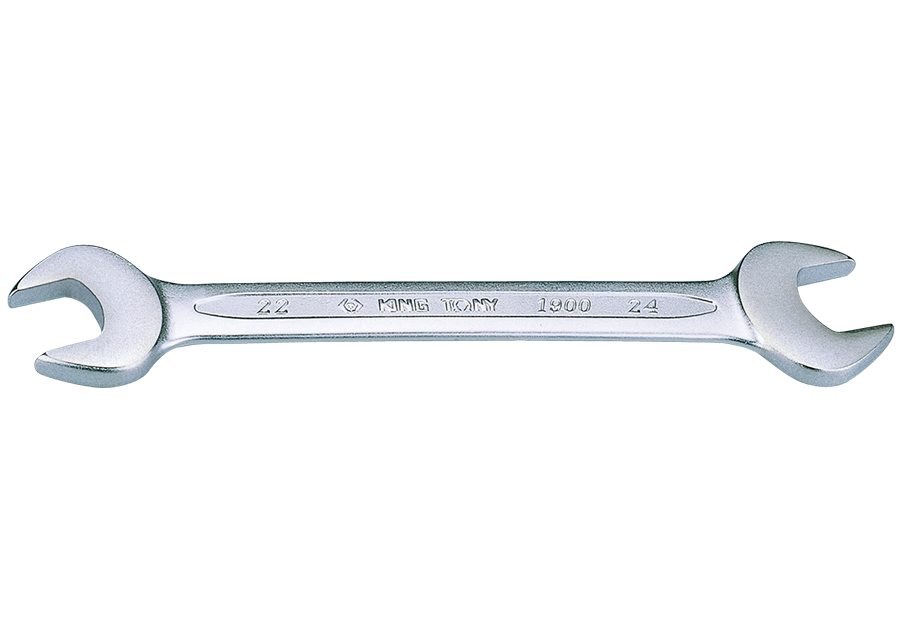
Among wrenches, this one is probably the most popular. There are two openings on either end, with one being significantly larger than the other. They excel at getting to fasteners that are otherwise hard to reach. When working in confined spaces, the open ends of the wrench are often angled at an angle of around 15 degrees to the wrench’s handle.
2. Ratchet Wrench

This wrench is quite similar to the open-end wrench. In this way, you may tighten or loosen the fastener by turning the wrench without always having to reposition the fastener or remove the wrench from its mounting. It’s a lifesaver for confined spaces. It can be used for tightening hardware including the nuts and bolts that secure the ends of screws in buildings and furniture.
3. Adjustable Wrench

These are very popular because they are easier to use and you don’t need a different one for every size of bolt. Because they are so useful, you can find these in almost every kind of garage. They have a jaw that can be moved and is moved by a spiral screw. It is also thicker and can do many things that would usually require a set of regular wrenches. This is why it is the most common wrench used today. Because they can be adjusted, they are used to fix and finish a wide range of projects.
4. Short Body or Stubby Wrench
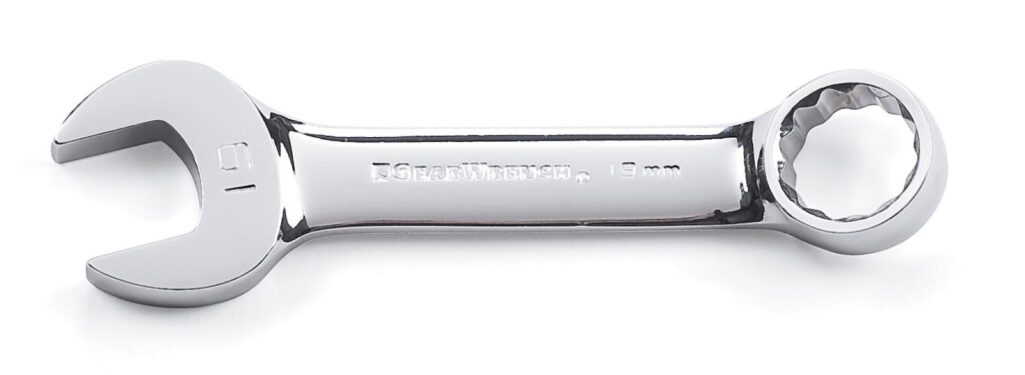
This type of wrench is very short, which is why they are also called “short body wrenches.” They are like a combination wrench that is shorter. Most people use them when they need to work in a small space where a regular wrench might not work well. Some newer ones also have a hinge in the middle of the handle, which lets you angle either end for even more precise use.
5. Pipe Wrench
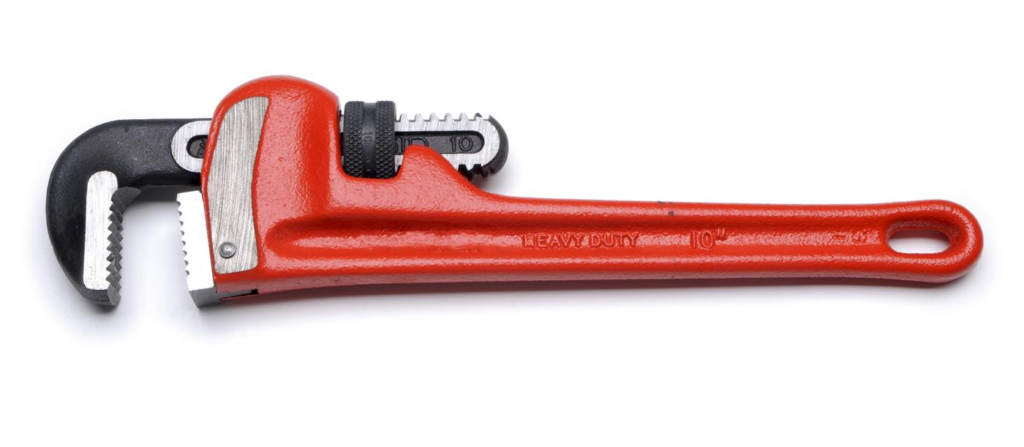
As its name suggests, this tool is used to put together or take apart pipes and their parts. Its jaw is made of hard steel that has been forged. Flat threads are cut on its moving jaw, and a plate with a groove is joined to its fixed jaw.
This groove holds a round nut with knurled edges. When you turn this nut, the moveable jaw moves up or down, making the size bigger or smaller. Between the two jaws, there is a spring that helps get a good grip on the job.
6. Strap Wrench
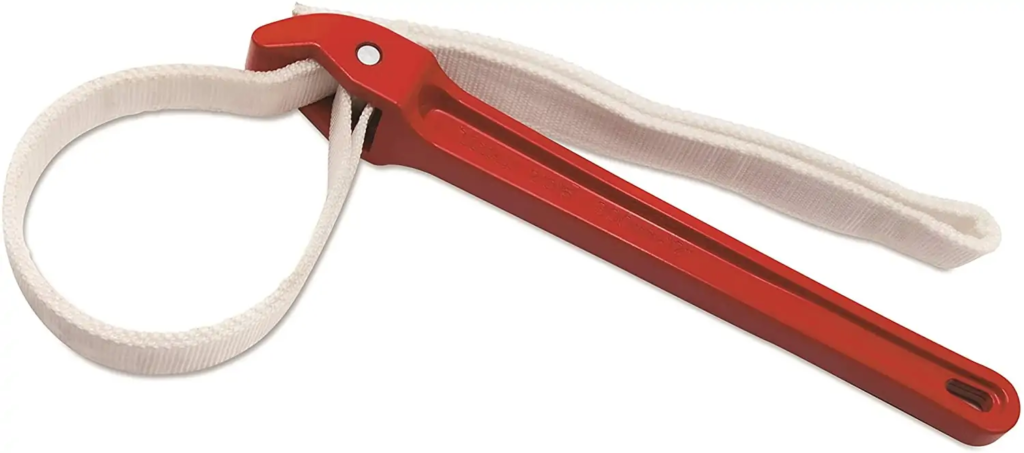
This kind of wrench is used on bolts and nuts that are too slippery for regular wrenches. When we use a pipe wrench to hold pipes and round jobs, it leaves marks on the jobs. So, strap wrenches are also used where damage is done if the wrenches leave scars.
7. Allen Wrench/Hex Wrench

Allen wrenches are straightforward tools. They are usually in the shape of an L, but there are also some that are in the shape of a T. This wrench fits into the hexagonal holes and recesses in the heads of bolts or screws. Most people have used one of these wrenches before because they come free with furniture that needs to be put together.
8. Basin Wrench
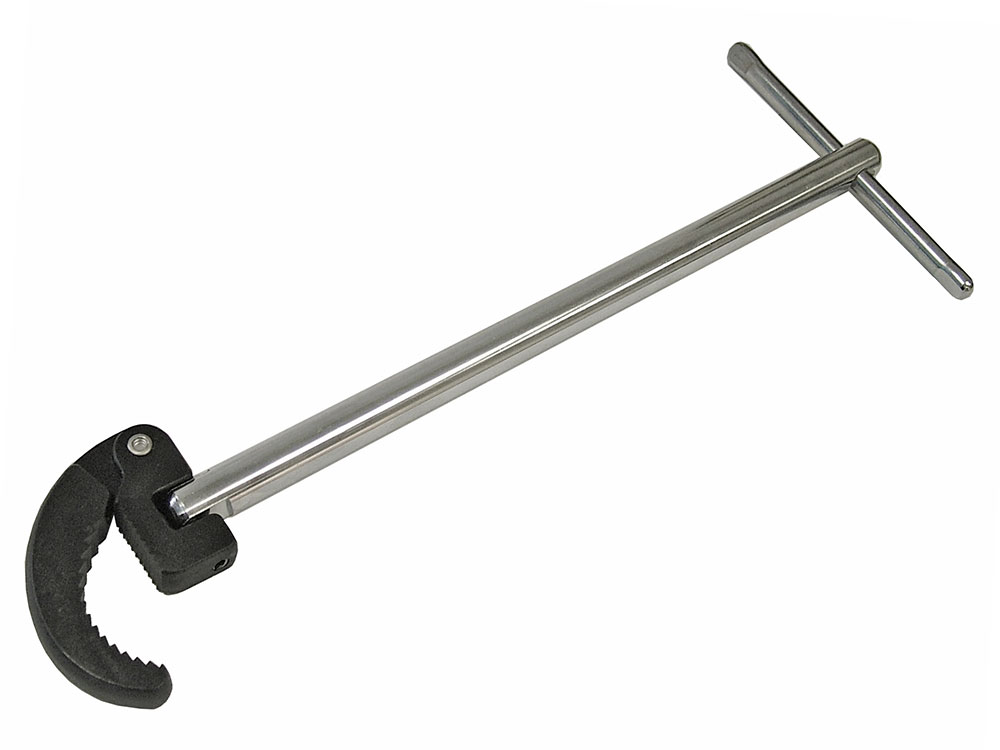
Most people have seen this kind of wrench before, but believe me, very few people actually know that this is a wrench. It has a curved jaw that looks like the top of an “S,” and it has T-shaped handles.
This tool also is called a “Faucet wrench” because it can be used in toilets and under sinks.
9. Crowfoot Wrench
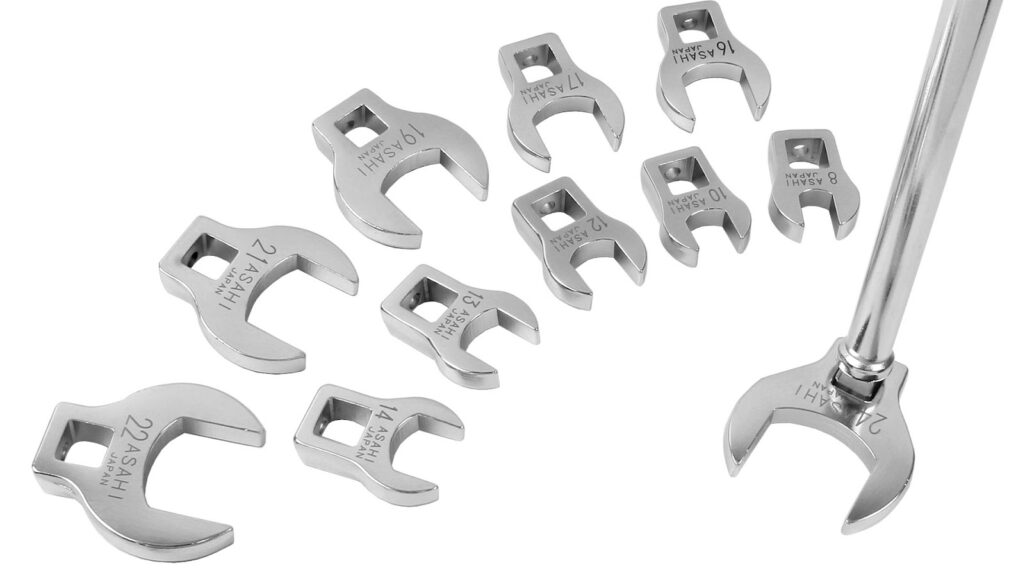
This open wrench does not have a handle of any kind. Instead, the singular head is constructed in such a way that it can be attached to a ratchet handle and socket extension, which enables it to be used in extremely constrained spaces.
They put in a lot of effort to handle the bolts that are positioned deep on the body of the machine when you do not first want to remove the parts that are surrounding it.
10. Combination Wrench
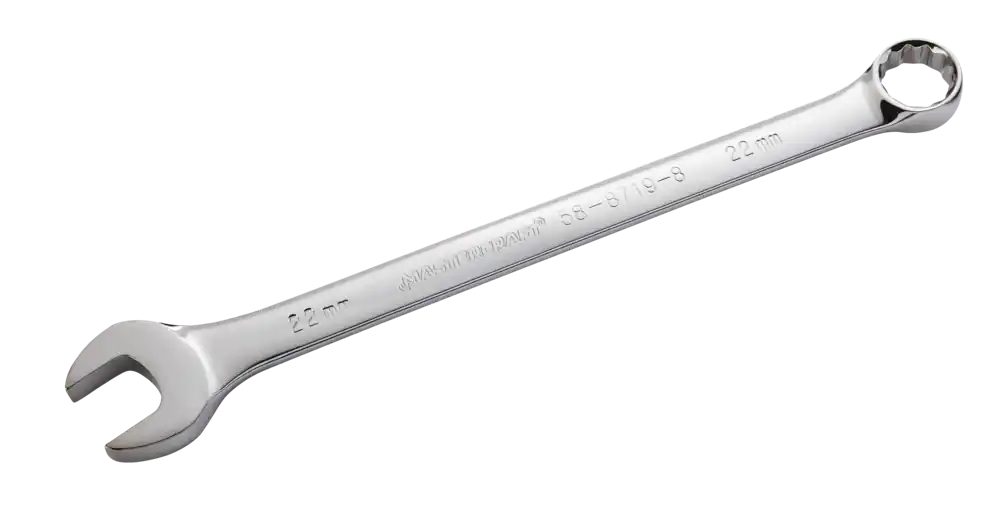
The combination wrench has one end that is open in the shape of a U, while the other end is closed in the shape of a loop that may be used for hexagonal or square nuts.
The closed end is used to loosen the nut so that the open end may be used to swiftly finish the job, which is a common application for this tool. A combination wrench, much like a socket, is typically sold in a specific kind of wrench size.
11. Torx Key/Start-Head Key
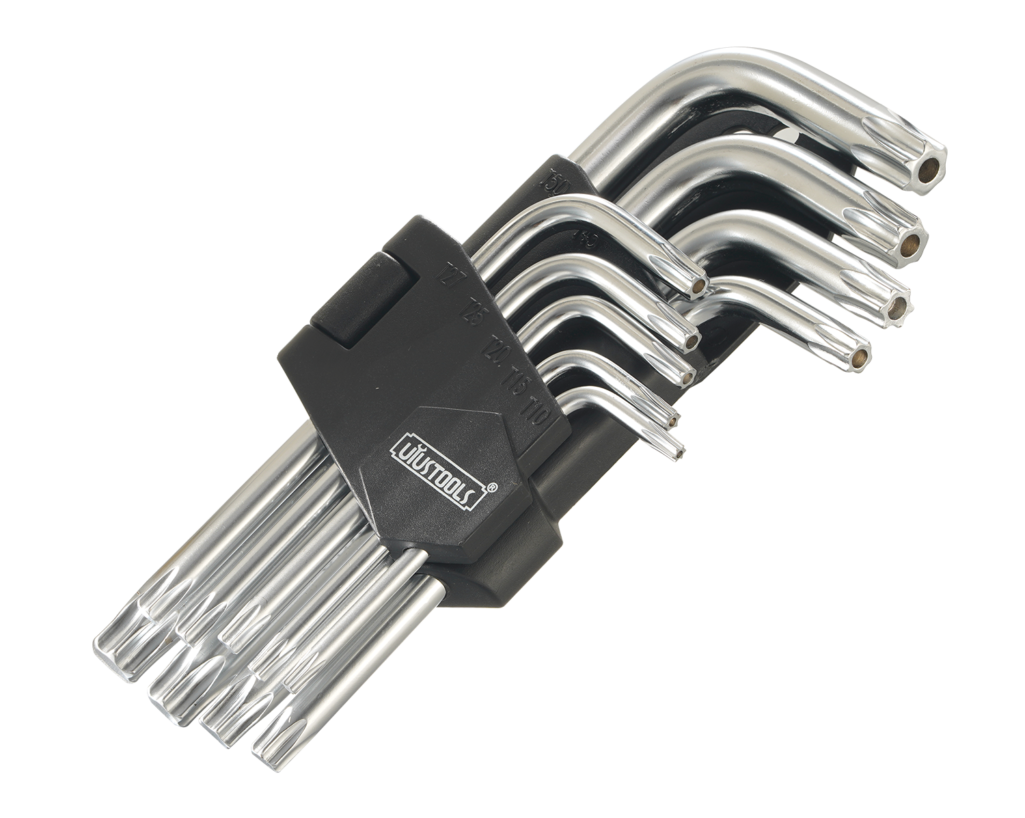
The wrenches known as Torx key wrenches are ones that are designed to fit into the star-shaped head of any variety of bolts or screws. These wrenches can be used for a variety of different applications. You may purchase these in the same L-shape, and the user can also purchase these in a laid-back set that more closely matches the shape of a Swiss Army knife than a wrench set.
12. Socket Wrench
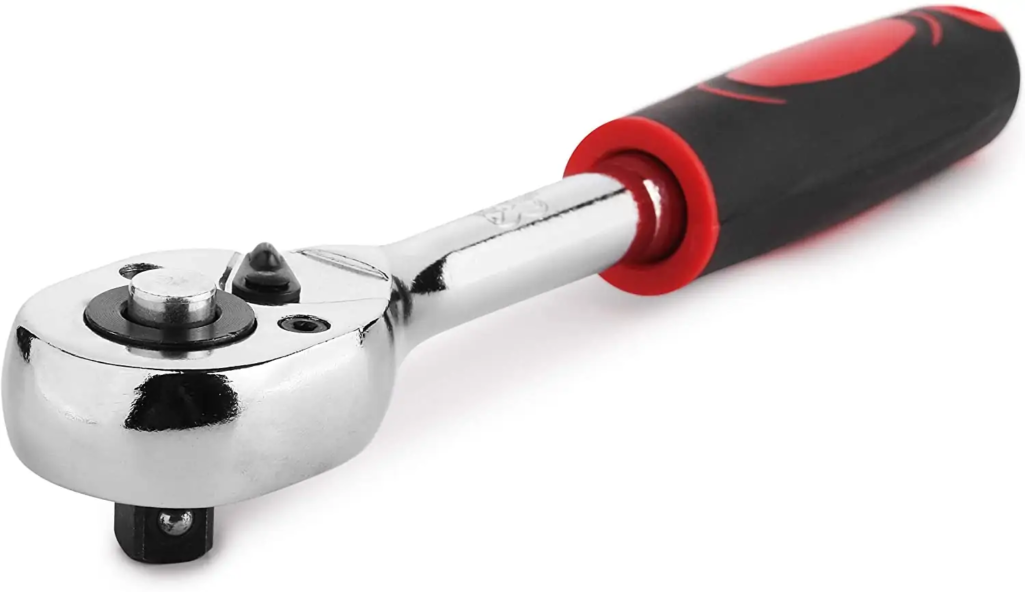
The socket wrench is also known as a ratchet because it employs a ratcheting mechanism to enable fast tightening or loosening of nuts and bolts without removing the wrench from the fastener. This sort of wrench is available in some of the most common sizes, such as 1/4-inch, 3/8-inch, 1/2-inch, and 1-inch drives, from which you can select the most suitable size of socket for your job site.
In the event that an obstruction is encountered when turning the handle, you can immediately reverse the direction to prevent harm to the object and continue working.
13. Cone Wrench
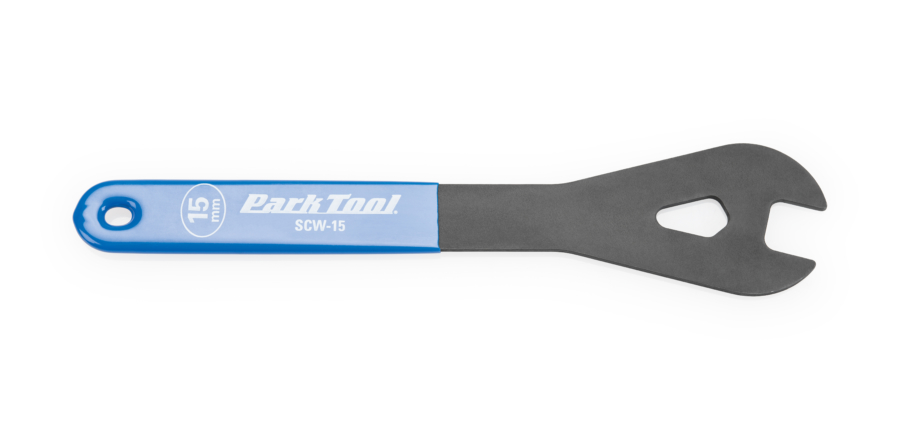
The wrenches that are used on the conical sections of a cup and cone hub are referred to as cone wrenches. These wrenches are characterized by their wide and flat shapes and are found in a variety of sizes. These kinds of wrenches are meant to accommodate the leveling feet of a bicycle or washing machine; nevertheless, they are also sometimes employed on other gentle jobs in places where a standard open-ended wrench is found to be fairly thick.
14. Hammer Wrench
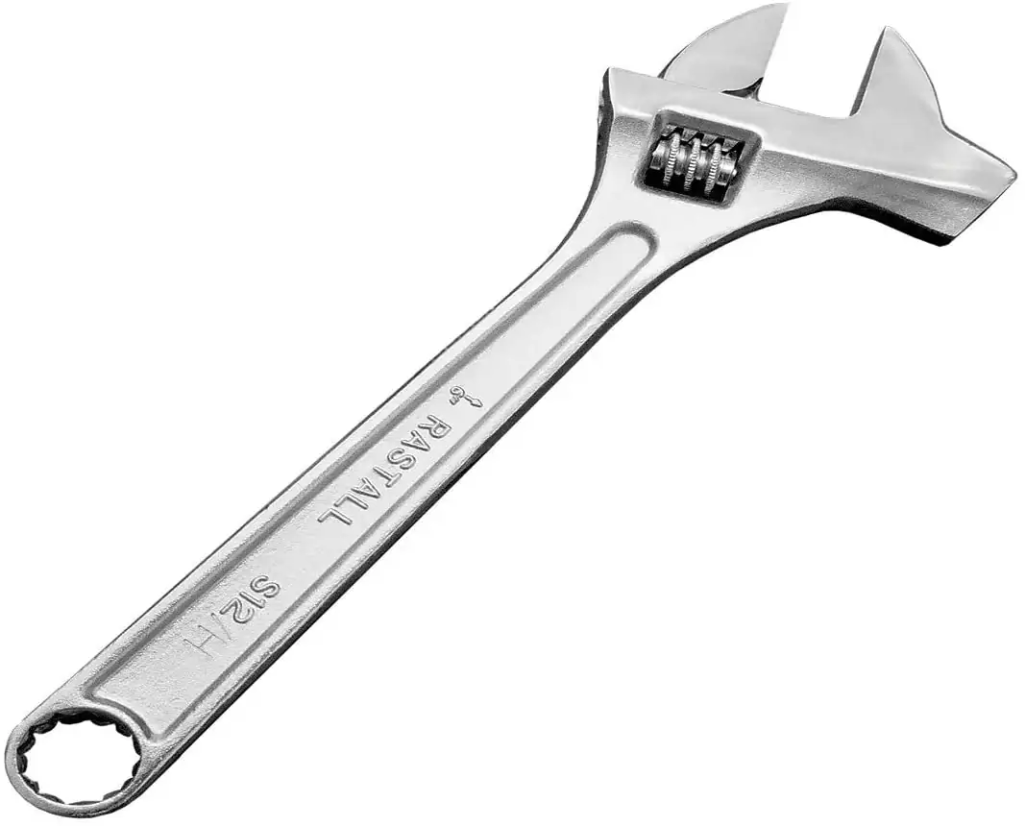
A hammer wrench is a short, thick wrench with a block on one end. It is used with a hammer to transfer more force. These wrenches are also called “striking wrenches,” and they are used to tighten almost all large flange fittings and fasteners. You can also use a hammer wrench to break loose rusted nuts and bolts by putting more force on them. So, these wrenches are called “heavy-duty” wrenches because they are used in metal, plumbing, and electrical work.
15. Lug Wrench
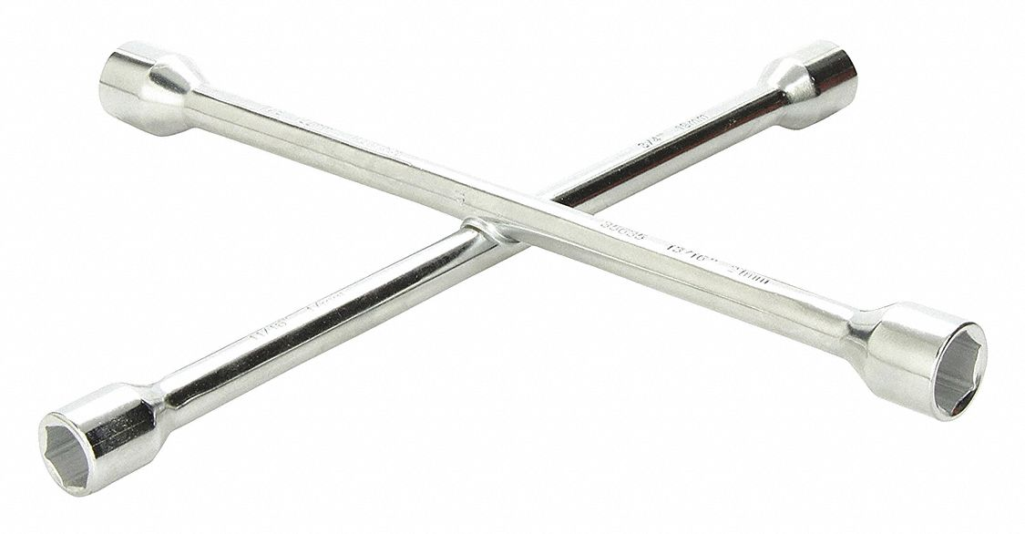
There are four sockets on a lug wrench or a spider wrench. It looks simple and can be used for a lot of different things, just like other wrenches. A lug wrench is a tool that looks like a cross-bar and is used to change a car’s tire.
But the length of this wrench will depend on what kind of car you have. Also, if the rods are longer, they give you a certain amount of torque, which is enough to get the job done quickly and easily.
16. Box-Ended Wrench
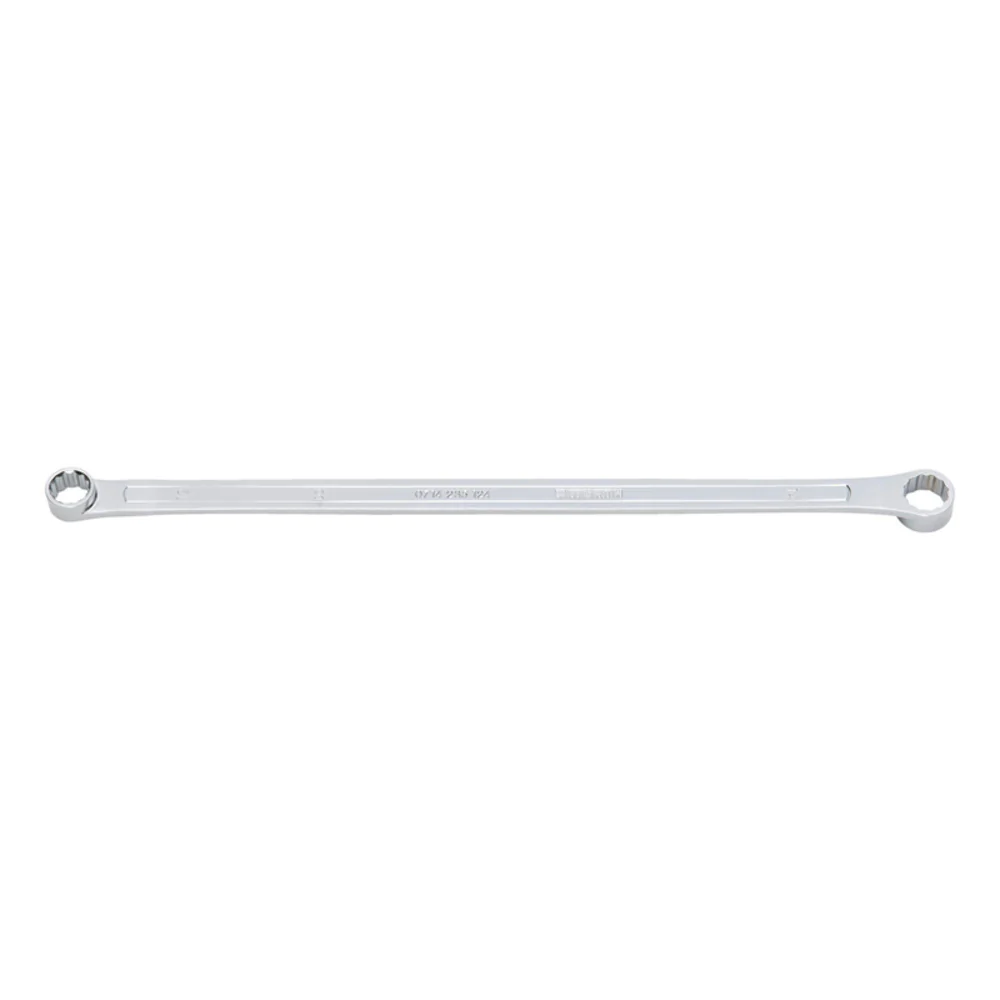
It is a single-piece wrench with a six-, eight-, or twelve-pointed opening that grips nuts and bolts. The six-point opening grabs the nut or bolt at six points or angles, and the twelve-point opening grabs it at twelve points or angles. The more points there are, the easier it is to turn the nut or bolt when there isn’t a lot of room to do so. There are eight-point openings on box-end wrenches. These are perfect for turning and holding nuts and bolts that have a square shape.
17. Torque Wrench
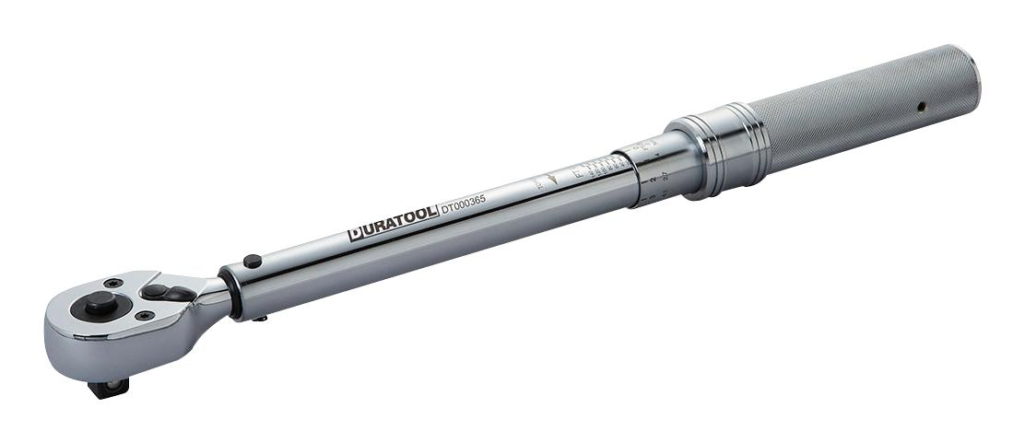
18. Pedal Wrench
Torque wrenches are made to give specific amounts of torque. Because of this, people can easily change the amount of torque they use for a job. This tool can be used for a variety of projects and comes in different kinds, such as manual and digital torque wrenches. This kind of wrench is very important in a number of automotive tasks. So, torque wrenches seem like they could be used for big jobs on car engine parts and would help with adjusting brakes.

The wrench with a round tip and usually one or two U-shaped recesses is called the pedal wrench. Most of the time, these kinds of wrenches are used to fix the pedal. So, most of the time, these are used in bike shops or pedal boats.
19. Monkey Wrench
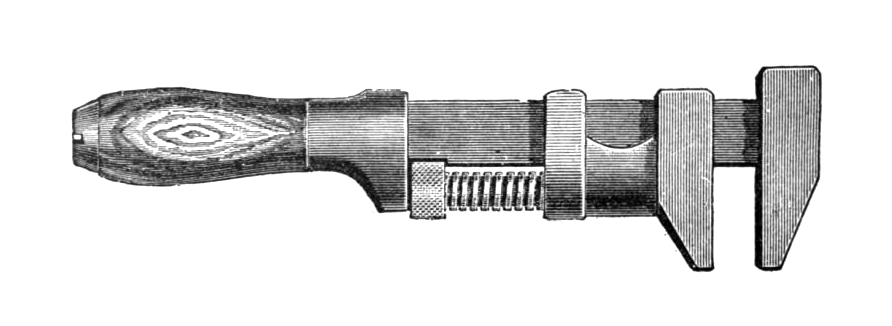
A monkey wrench is like an adjustable spanner in a lot of ways. The main difference is that these wrenches have a bigger jaw and a handle that is built into the wrench itself. The threads are cut on the other jaw, which moves like the jaws on pipe wrenches. The jaw of these smooth surfaces is like the jaw of an open-end spanner. With a round nut that can also be used as a screw wrench, these wrenches can be adjusted.
20. Plier Wrench
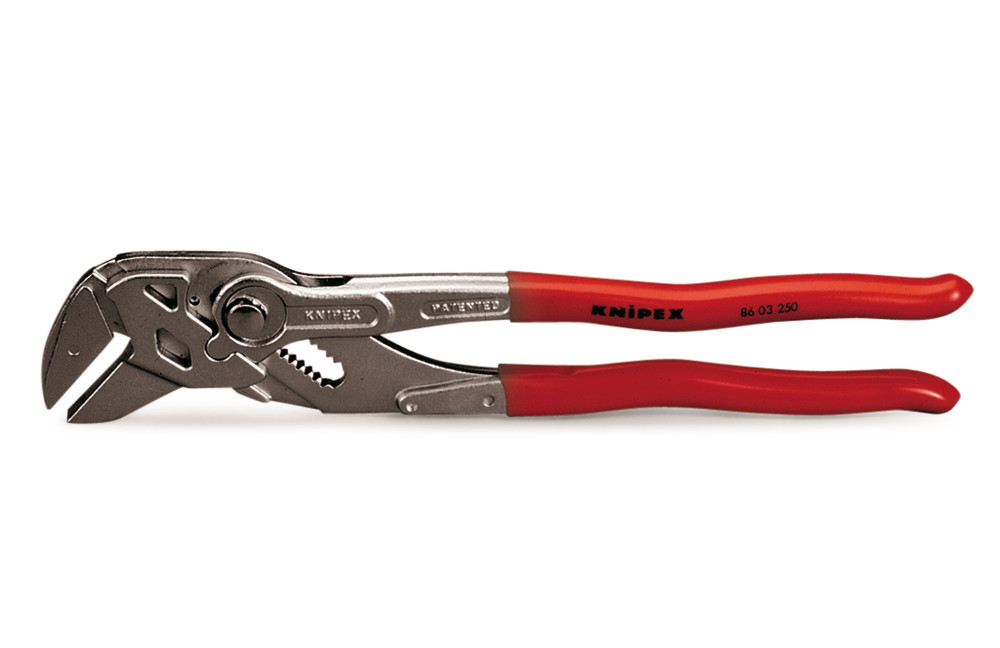
The jaws have flat edges and are set at an angle. Each jaw is connected to a handle by a bolt. The bolt can slide between two or more openings on the upper jaw. This makes it possible to adjust the wrench to fit heads of different sizes. The name comes from the fact that this tool is held in the same way that pliers are.
Pliers Wrenches are great for working on plumbing fittings and other materials where you need a secure grip without sharp teeth or grooves digging into soft, delicate, or chrome-finished surfaces.
Conclusion
The point of this is to learn what each wrench is for and how to use it. If you have at least one of each type and some may be sets of different sizes, like Allen wrenches, you’ll never have to borrow or buy a new wrench again.
No comments:
Post a Comment